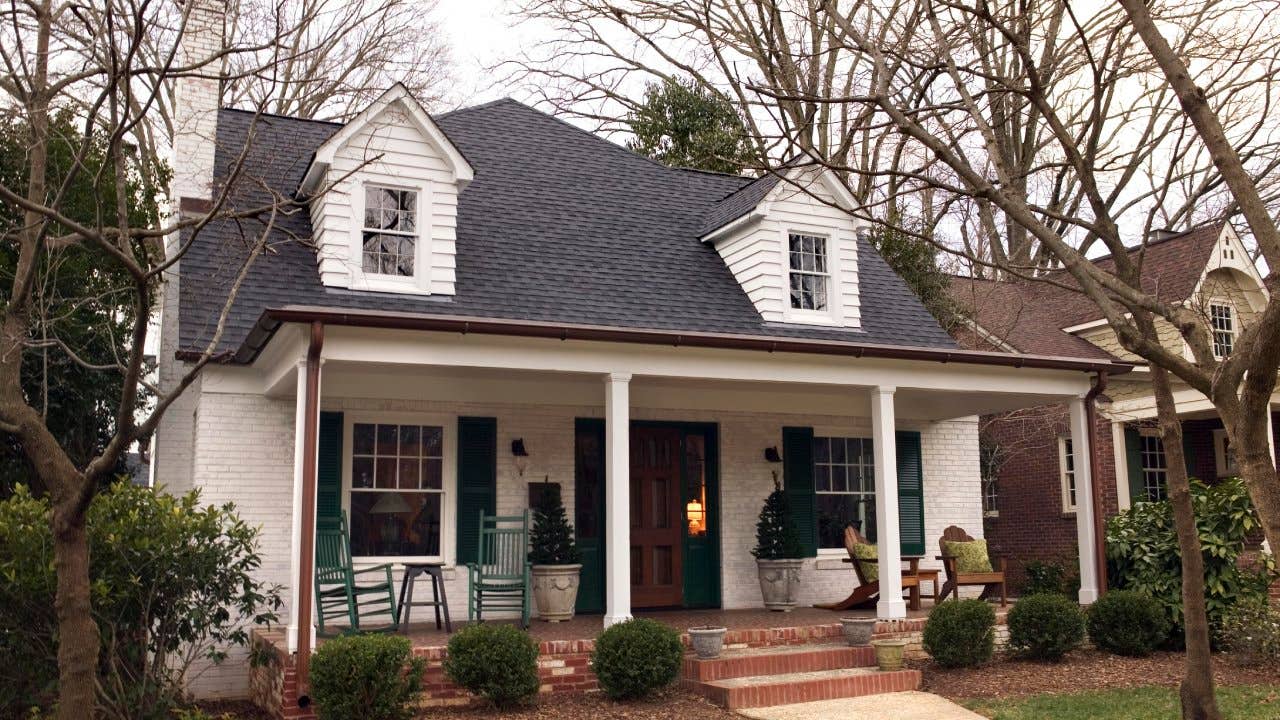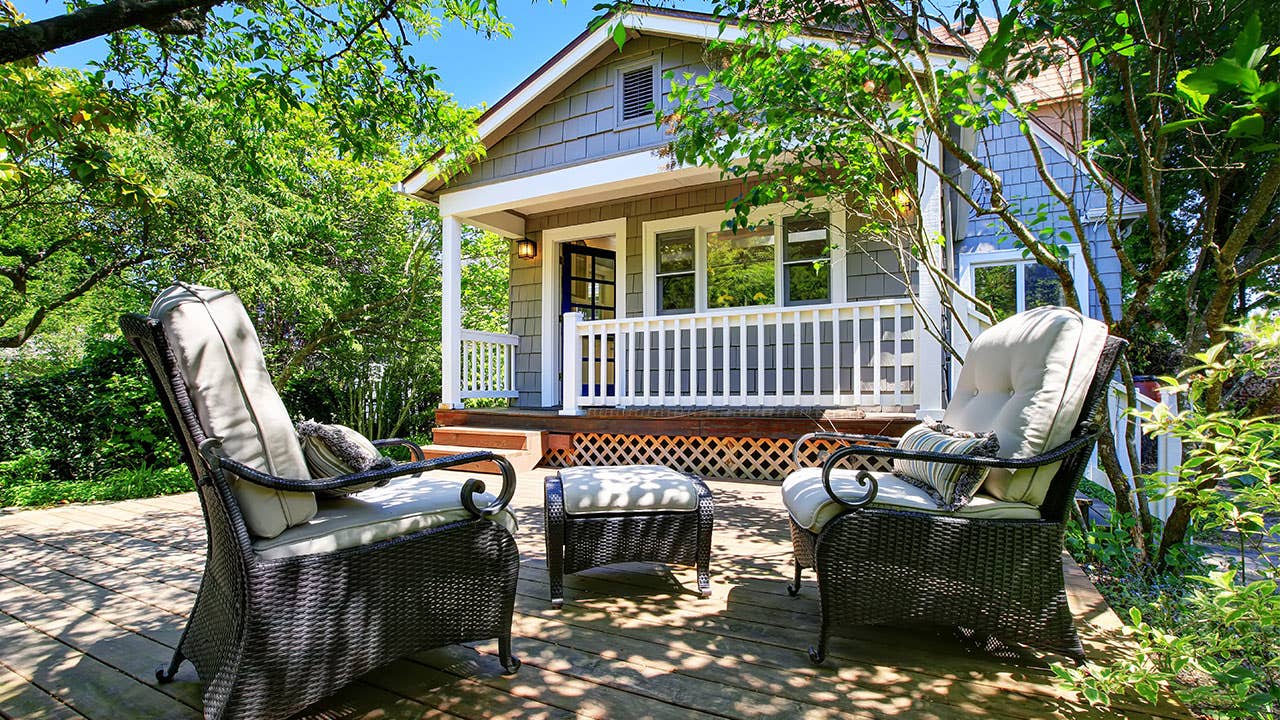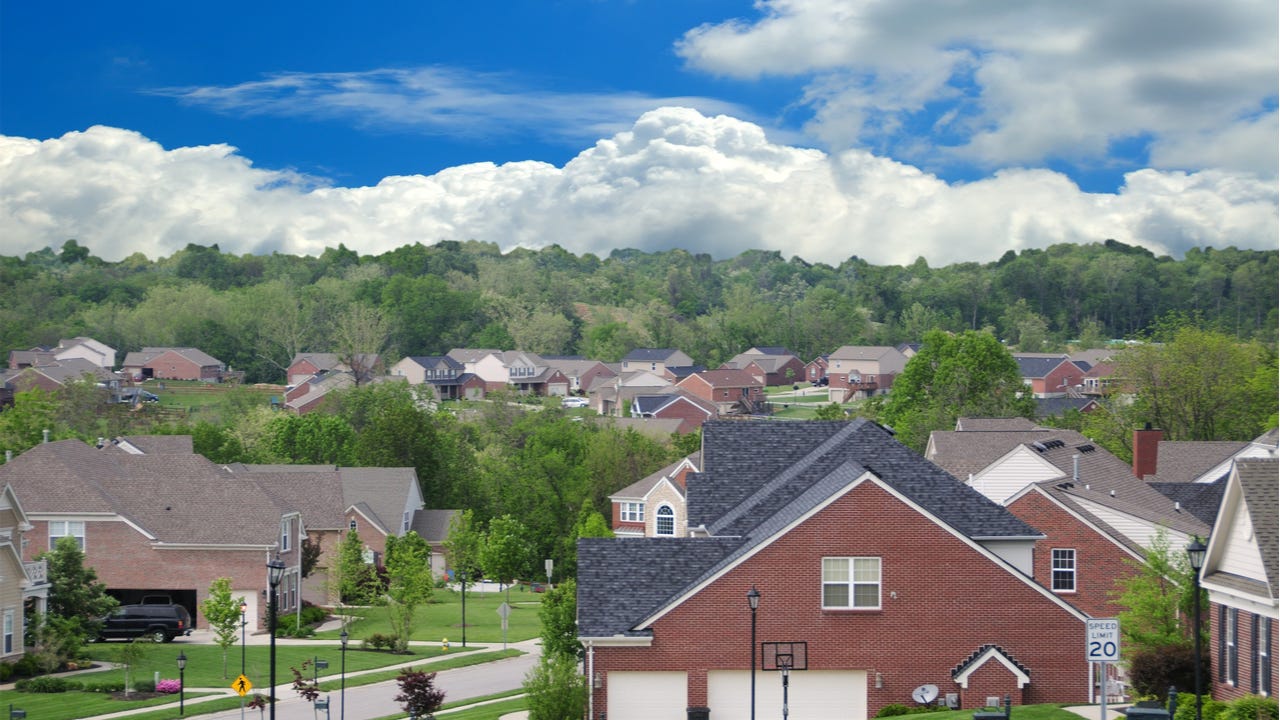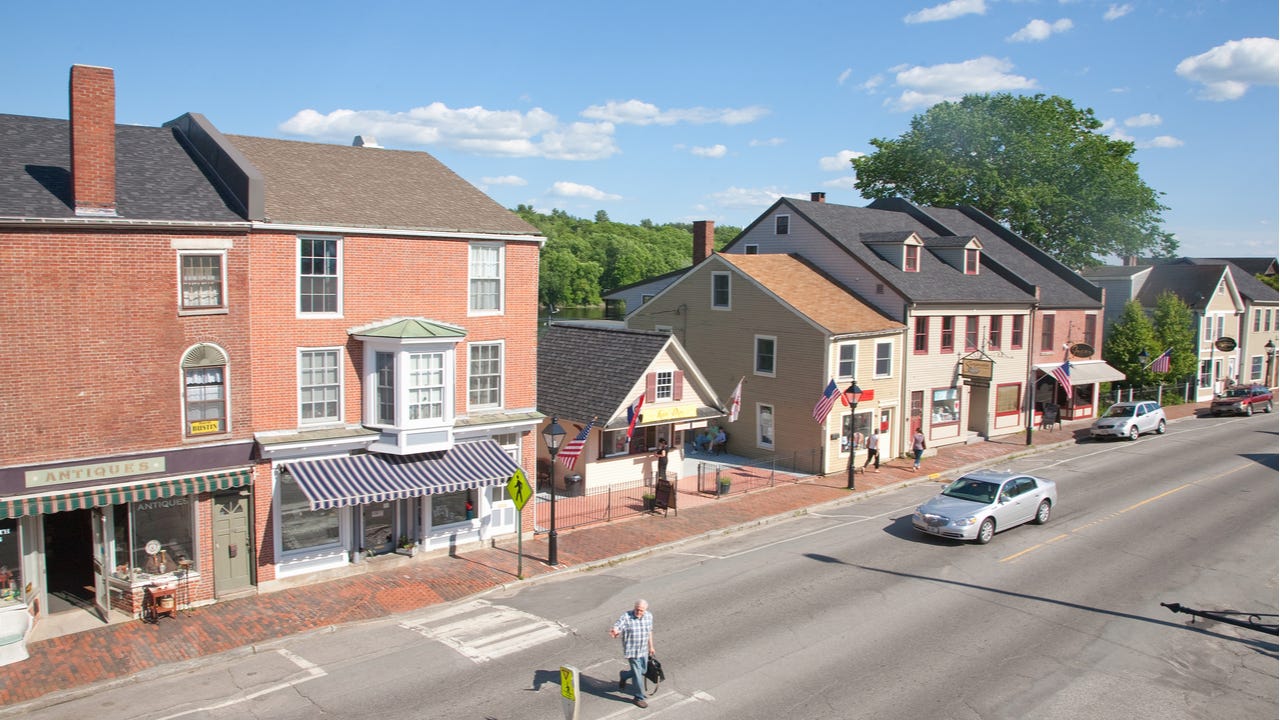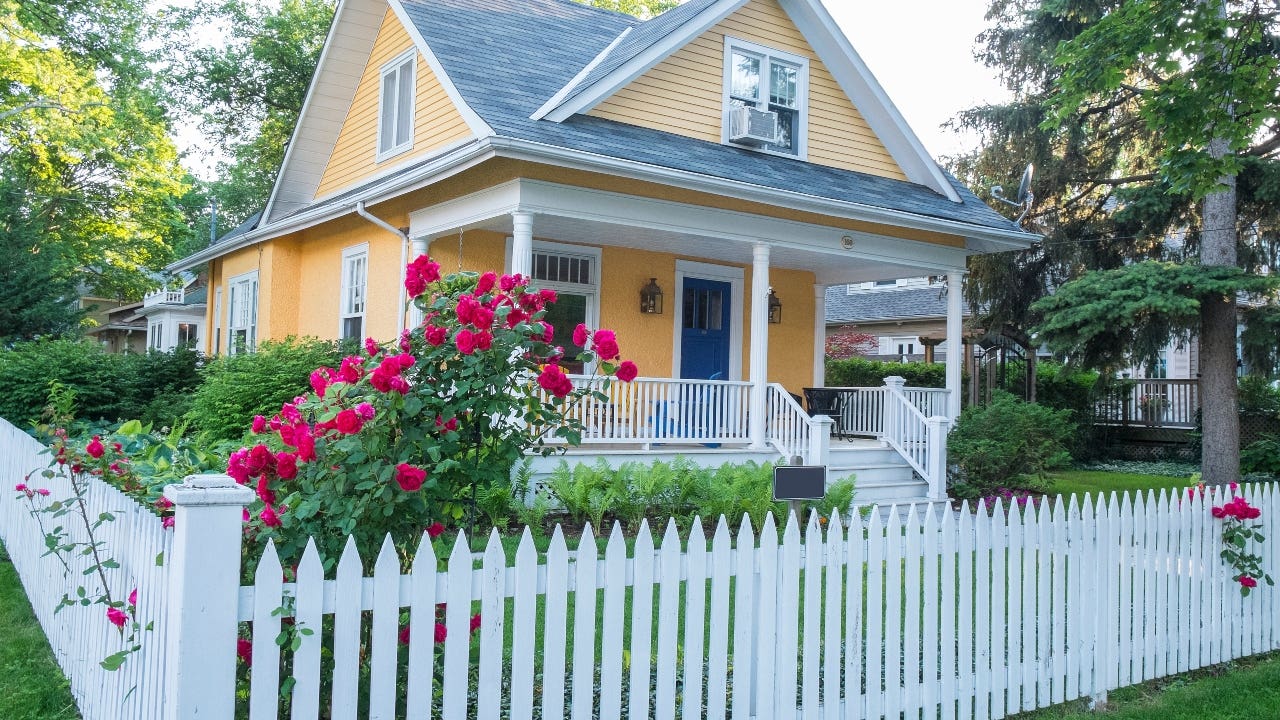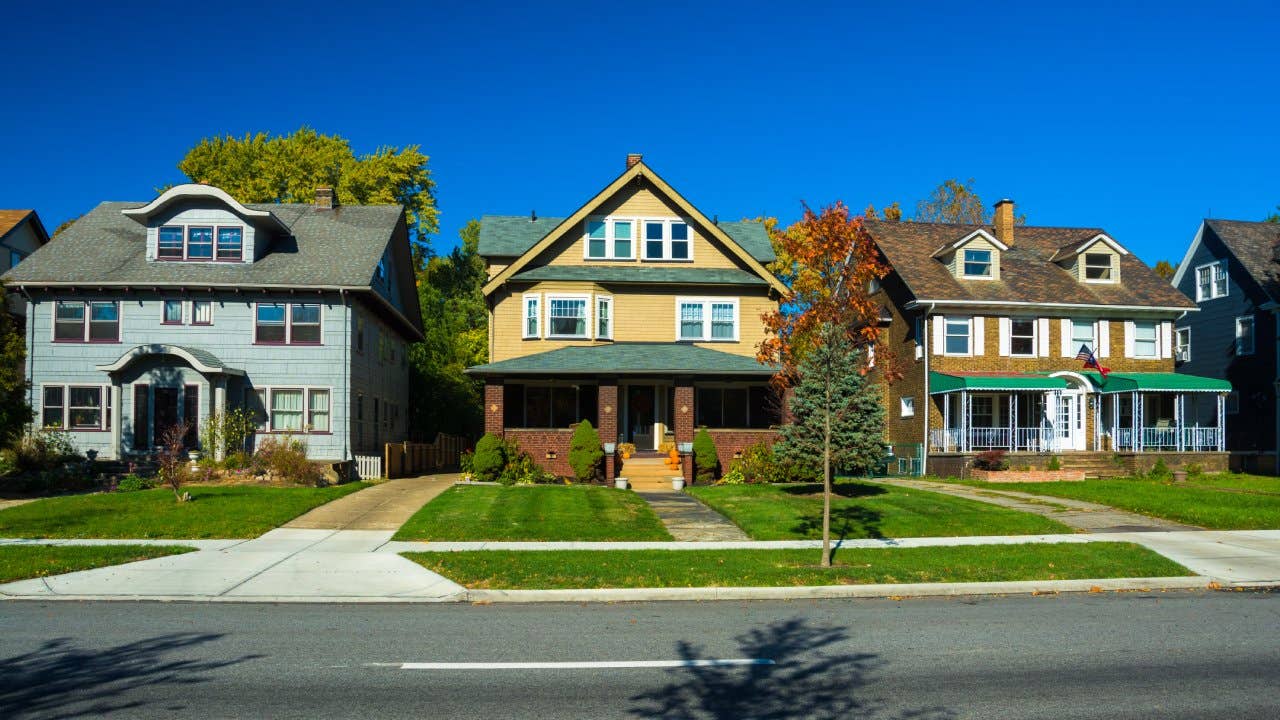
You may know how a typical home equity credit line (HELOC) works — functioning as a revolving credit line secured from your home’s equity. However, a fixed-rate HELOC works just a little differently.
A typical HELOC includes a variable interest rate, meaning the interest you have to pay on the balance your debt can go up and down according to market conditions. Here’s in which a fixed-rate HELOC differs: It features a fixed interest rate that may shield you from rate of interest hikes, much like what individuals are experiencing because of the current state from the economy.
What is really a fixed-rate HELOC?
A fixed-rate HELOC is recognized as a hybrid of the home loan along with a HELOC. It enables you to definitely lock in a portion or all of your balance at a fixed interest rate, protecting you against market fluctuations that impact rates.
How a fixed-rate HELOC works
With a fixed-rate HELOC, you are able to withdraw just as much or as little of your credit line as needed. Unlike a variable-rate HELOC, the eye rate on anywhere you utilize will have the same rate of interest applied through the draw period.
Borrowers usually can convert their HELOCs to a fixed rate at closing or throughout the draw period, says Laura Sterling, vice president of marketing at Georgia’s Own Credit Union. “Some lenders could also permit the borrower to transform to a variable rate.”
The capability to switch backwards and forwards between variable and glued rates allows borrowers to consider benefit of dropping interest rates once they become available. Simultaneously, locking inside a set rate can offer the soundness of predictable monthly obligations.
The fixed-rate portion of the HELOC could be kept in for terms which range from five to 30 years, where the borrowed funds pays back just like a typical mortgage, says Vikram Gupta, executive v . p . and head of home equity at PNC Bank.
Fixed- vs. variable-rate HELOC
Because most traditional HELOCs include interest rates that could fluctuate daily, they can cause some uncertainty when you’re planning your monthly household budget.
A fixed-interest HELOC’s payment cannot fluctuate. However, fixed-rate HELOCs normally have higher starting interest rates than traditional HELOCs, Sterling says. There are also market things to consider.
Fixed-rate HELOCs also may have higher fees than a traditional HELOC. Additionally, they can have limits for borrowing that you simply won’t have with a variable-rate HELOC.
Factors to think about having a fixed-rate HELOC
Fixed-rate HELOC options have their own benefits and drawbacks; consider these factors before applying.
Inflation
With inflation, a fixed-rate HELOC can be a smart move for your loan. When the market changes, you’re still protected by the rate that’s locked in in your loan.
“Inflation is really a key variable that determines the interest rate environment,” Gupta says. “Inflation typically increases once the economy starts overheating and costs start increasing rapidly.”
Case in point: The Federal Reserve recently announced its intention to raise interest rates by 0.75 percentage points so that they can combat rising inflation. Consequently, consumers are feeling the impact through elevated borrowing costs, that could make a fixed-rate HELOC the smarter choice given the current state from the economy.
Timeline
A fixed-rate option is also especially beneficial when your loan is intended for small remodels or any other ongoing projects. Having a fixed-rate loan, there isn't any hurry to begin construction prior to the rate of interest increases.
“Creating a fixed-rate lock on the HELOC can often seem sensible when a customer has a planned expense they have to finance, like a home renovation project,” Gupta says. “In that scenario, the customer may have full certainty concerning the cost of their financing.”
Cost
A HELOC doesn’t work with everyone. A fixed-rate HELOC can mean you're tied to a higher rate of interest than you could get for at least area of the lifetime of a variable-rate HELOC. Rates of interest for variable-rate HELOCs can alter as frequently as each month, meaning you have a opportunity for lower or higher rates monthly.
Your lender could also require you to make use of a minimum quantity of your HELOC, which may not work well for you if you're attempting to stay within a certain budget.
Hidden fees
There can also be hidden fees, for example penalties for make payment on loan off and shutting it early or refinancing. Make sure to thoroughly take a look at HELOC’s terms to make sure that they meet your needs, because those penalties and costs can also add upright.
“Borrowers might want to look out for annual fees and rate locks,” Sterling says. “Some lenders cap the amount of fixed-rate locks that the borrower can do annually and could charge a fee for each rate lock. Borrowers ought to be aware of minimum withdrawal amounts.”
Can I convert a current HELOC to some fixed interest rate?
If you’ve removed a variable-rate HELOC and want to become a fixed rate, there's a couple methods for you to do it.
- Open a new hybrid HELOC. The simplest way to obtain a fixed-rate HELOC is to take out a brand new HELOC altogether. This really is best if you’re near the end from the draw period for your current HELOC.
- Refinance your old HELOC. Should you open a new hybrid HELOC, you can use it to refinance your existing HELOC — you’ll simply pay off the balance of the old HELOC using funds from your new HELOC. This will also reset your draw period.
It might make sense to convert your variable interest rate HELOC to a fixed interest rate for some from the following situations.
Remodeling
A fixed-rate loan could possibly be the perfect solution when remodeling a house. Throughout construction, the interest rates on the variable-rate HELOC could fluctuate, landing you in a higher rate as the renovation is within progress. With regards to home renovations, converting a part of your HELOC to some fixed rate will help you budget more reliably.
Family emergencies
Disaster often strikes without warning, and when it will happen your wellbeing, the expensive medical bills you’re left with could necessitate a loan. A emergency loan is a option, but a fixed-rate HELOC might be cheaper and simpler to pay off.
Debt consolidation
Perhaps your oldest child discontinued to school this season right around the same time a tree fell on your roof. There's two extremely important financial needs in your plate: looking after your child’s education and repairing your home. Unlike a debt consolidation loan, a fixed-rate HELOC doesn’t limit you to definitely just one withdrawal. You may also take out a fixed-rate advance on the entire HELOC amount, and with the set rate, you’ll know precisely what your payments will be so you can plan for them.
Is a fixed-rate home equity loan option best for me?
Whether it’s a home renovation project or perhaps a large unexpected expense, it’s smart to examine both variable-rate and fixed-rate HELOC options carefully to find out which one makes sense for you.
Both get their benefits; it’s just a matter of your needs. Here are a few questions to ask yourself when it comes to which can be best:
- Is it a rising or falling rate market? “If you're inside a rising rate market, a fixed-rate HELOC might be a good option,” Sterling says. “If you anticipate rates remaining low, you may save more having a traditional HELOC.”
- Is there a set amount you have to borrow? Are you paying off an education loan or do you want flexibility within the amount you are borrowing for any large or ongoing do it yourself project? Fixed-rate HELOCs could give you more flexibility. However, some lenders require that you simply borrow the absolute minimum add up to secure a fixed rate.
- Are you confident with rates and payments that could change with time? “If the response is no, a fixed-rate HELOC might be a sensible choice,” Sterling says. A conventional variable-rate HELOC have a different interest rate depending on the market. So, a fixed-rate HELOC is best for you if you don’t want to cope with changing rates.
Bottom line
Ultimately, you want to borrow just as much you need and pay less than you can for it. While a flexible or fixed-rate HELOC can get you there, the latter may be the smarter choice as interest rates still soar. Be sure to keep close track of the ever-changing financial market as it’ll lead to deciding that is good for you when you’re prepared to apply.

